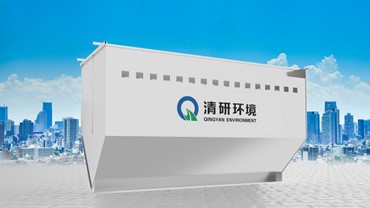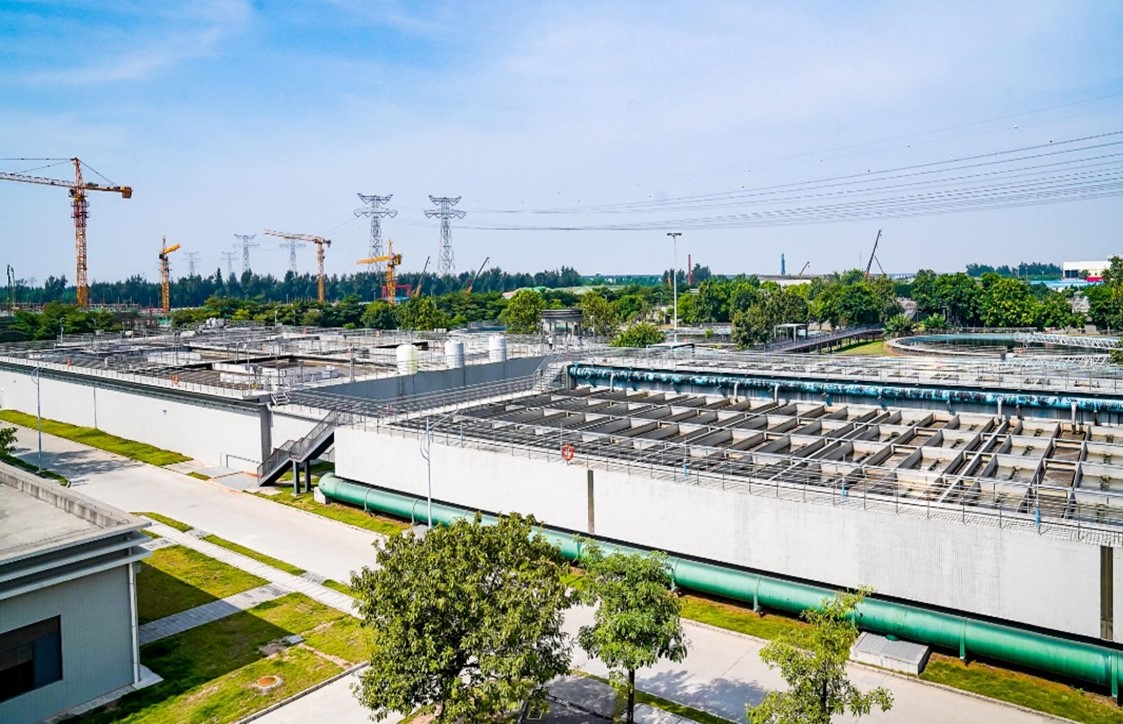Have you ever pondered over the current state of sewage treatment plants? Do you wonder about their limitations, especially when it comes to land usage and outdated functionality?
Introduction to the RPIR Module
Well, the world of wastewater treatment is about to experience a paradigm shift, thanks to the introduction of the RPIR module. Traditionally, sewage treatment has leaned heavily on secondary sedimentation tanks. These large structures have been instrumental in implementing the separation process, a critical step in making water clear and pollutants harmless.

But what if we told you that a revolution is imminent? That the dependence on secondary sedimentation tanks could soon become a thing of the past? Enter the RPIR module.
The RPIR Module - A Two-in-One Solution
The RPIR module is the heart of the cutting-edge RPIR technology. Through its intricate design, this module couples biochemical reactions and sedimentation together, eliminating the need for secondary sedimentation tanks. In essence, it's a two-in-one solution, streamlining the process while maintaining, if not improving, the quality of the treatment.
Flexibility and Scalability of the RPIR Module
One of the most significant advantages of the RPIR module lies in its flexibility. The number of modules can be adjusted according to the treatment capacity. This means it can be tailored to fit different scales of operations, from small rural setups to large municipal sewage treatment plants.
Furthermore, the RPIR module can be erected directly on the original secondary sedimentation tank or other tanks. This feature allows for easy and efficient reconstruction and expansion, making it a game-changer in updating outdated sewage treatment plants.
Versatility of the RPIR Module
But the wonders of the RPIR module don't stop there. It has opened up a wide range of application scenarios. From new construction, upgrading and expansion of municipal sewage treatment plants, in-situ remediation of river and lake water environment,linkage treatment of detention tank and municipal sewage to high concentration organic wastewater treatment, the RPIR module has proven to be a versatile solution.


The Future of Sewage Treatment
To sum up, the RPIR module is a revolutionary development in the field of wastewater treatment. It not only offers a more efficient and space-saving alternative to the traditional secondary sedimentation tank but also provides a scalable and adaptable solution for varied treatment requirements. In the face of growing environmental challenges, it's innovations like the RPIR module that bring us a step closer to a sustainable future. As we say goodbye to the secondary sedimentation tanks, we welcome a new era of wastewater treatment, one that is more efficient, flexible, and environmentally friendly.
 LOADING...
LOADING...
 DATE:2024年02月29日
DATE:2024年02月29日


